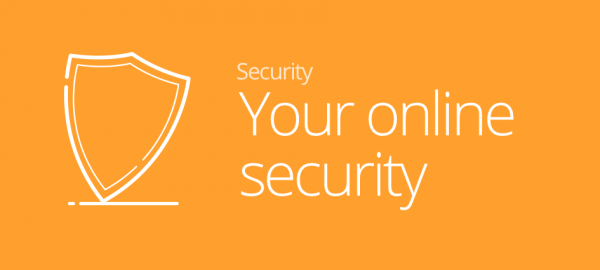Security violations associated with software applications are an on-going threat in the digital world. The risk can be reduced if the underlying frameworks are made more secure. Drupal is known to be one of the most efficient platforms available to the industry. Its core values are based upon best practices and its testing, debugging and support network are known to be particularly proactive. All of these factors serve to minimise any Drupal security exposure and, in part, account for the platform’s stability and growth.
Ideally, Drupal security should be handled by a suitable expert but whether you engage someone or decide to manage it yourself, the following are 5 essential steps in protecting your business.
Run regular security updates and platform upgrades
Keep Drupal updated by installing all the available security updates and patches on a regular basis. Upgrading to the latest version is usually best practice for any software application. An out-of-date version is almost invariably more vulnerable to any security breaches. An upgrade will also correct any bugs or other technical faults while providing better functionality. The latest version of Drupal can always be downloaded from drupal.org.
Choose strong usernames and passwords
This is another simple measure that should be applied to all online accounts but is so often overlooked. Avoid obvious usernames and weak passwords. Brute force attack bots are constantly crawling the internet and nobody should be exposed simply as a result of the use of weak usernames and passwords.
Implement valid SSL Certificates and more secure HTTP headers
Working over a secure internet connection helps to protect sensitive data such as payment and personal information, in addition to protecting user login details. Usernames and passwords will be transported over the internet in plain text if there is no HTTPS connection / SSL Certificate in place, creating an obvious security risk.
By opting for HTTPS, you further protect your Drupal system and its users, ensuring that day-to-day information is transmitted securely. Following upgrades to the major browsers over the last year or so, any sites not using SSL are likely to be displayed with severe security warnings, discouraging visors from using them and making SSL all but mandatory for a professional site.
Take regular system backups
A professional hosting provider will offer sufficient data storage and backup solutions that can recover and restore any lost data, in the event of any unfortunate security breaches or technical problems. This is essential for any site which captures and uses data in any form.
Effective user management and reputable hosting
In some organisations, internal security breaches are a greater threat than external. Limiting user access and removing redundant accounts are critical steps in Drupal Security. Any temporary access should be removed as soon it is no longer required and all account privileges should be reviewed on a regular basis.
It is also crucial to use a reputable hosting provider who can provide security measures in support of these 5 key steps. Professional hosting providers will also minimise the overall attack surface and provide protection from DDoS and other external threats.

